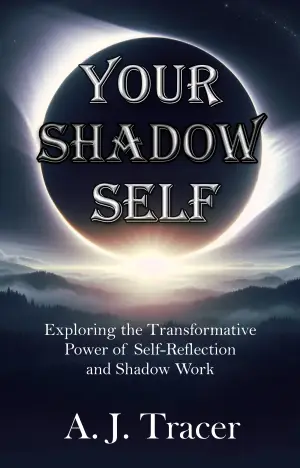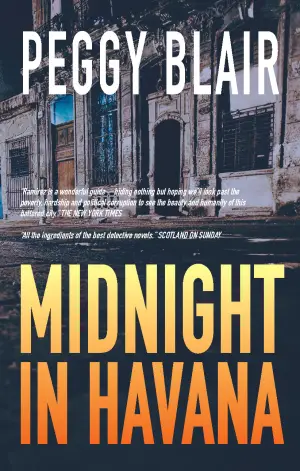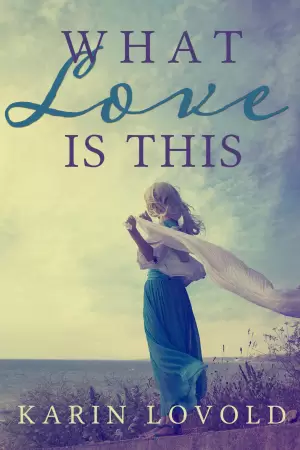Finding Comfort in Gray: A Reflection on Gray by Emma Dockrill
There are days when life feels a bit muted, like the world has slipped into grayscale. It’s a sensation we all encounter, regardless of age, and it was this universal experience that drew me to Gray, penned by the ever-enchanting Emma Dockrill. Upon opening this tender, poetic picture book, I felt an immediate kinship with the young narrator, grappling with those often-intimidating feelings of sadness. Dockrill, with her gentle words and thought-provoking metaphors, invites us to embrace those gray moments—an invitation I found both comforting and enlightening.
At its heart, Gray introduces us to a little child who wakes up feeling distinctly, unmistakably gray. Not "sunshine yellow" or "treetop green," but gray—the kind that feels heavy yet commonplace in a child’s early emotional landscape. As the narrative unfolds, it becomes clear that the colorful world around the child contrasts sharply with this gray feeling. The author cleverly uses vibrant imagery, portraying the child’s surroundings in lively hues while deepening our understanding of their emotional state. I particularly loved how the grayness was represented through metaphors like "the scribble on a page" and "the storm in the clouds." These descriptions brilliantly capture what it means to feel small and overwhelmed, resonating deeply with anyone who has experienced such a day.
What struck me about Dockrill’s writing style is its exquisite economy; each word is deliberate and poignant. There’s a rhythmic quality to the prose that makes reading it aloud a joy—perfect for engaging with young readers. The narrative flows gracefully, aided by the soft, expressive artwork by Jim Field. The careful placement of die-cuts adds a delightful tactile element, allowing children to physically interact with the story as they navigate through feelings that can often seem abstract and daunting.
A pivotal moment occurs when an adult enters the scene, saying, “Hello, little one. It’s OK to feel gray. You don’t have to be bright every day.” This reassurance was a standout line for me, underscoring the theme of acceptance. It’s not just a reminder for children but also for adults, who might feel pressured to present a façade of unwavering cheerfulness. This moment invokes a sigh of relief, allowing readers—both young and old—to recognize that feeling gray does not diminish our brightness; rather, it’s a natural part of life.
Ultimately, Gray is an enchanting addition to any bookshelf. It’s perfect for children aged 4 to 7 and serves as a beautiful tool for parents and educators to help kids navigate their emotional landscape. It has inspired me to reflect on my own "gray" days, understanding that within those moments exists an enduring love and potential for brighter tomorrows. If you’re seeking a heartfelt narrative that combines stunning visuals with a meaningful message, Gray is a must-read. Whether you share it with a child or keep it for yourself, I promise it will leave a warm spot in your heart.












